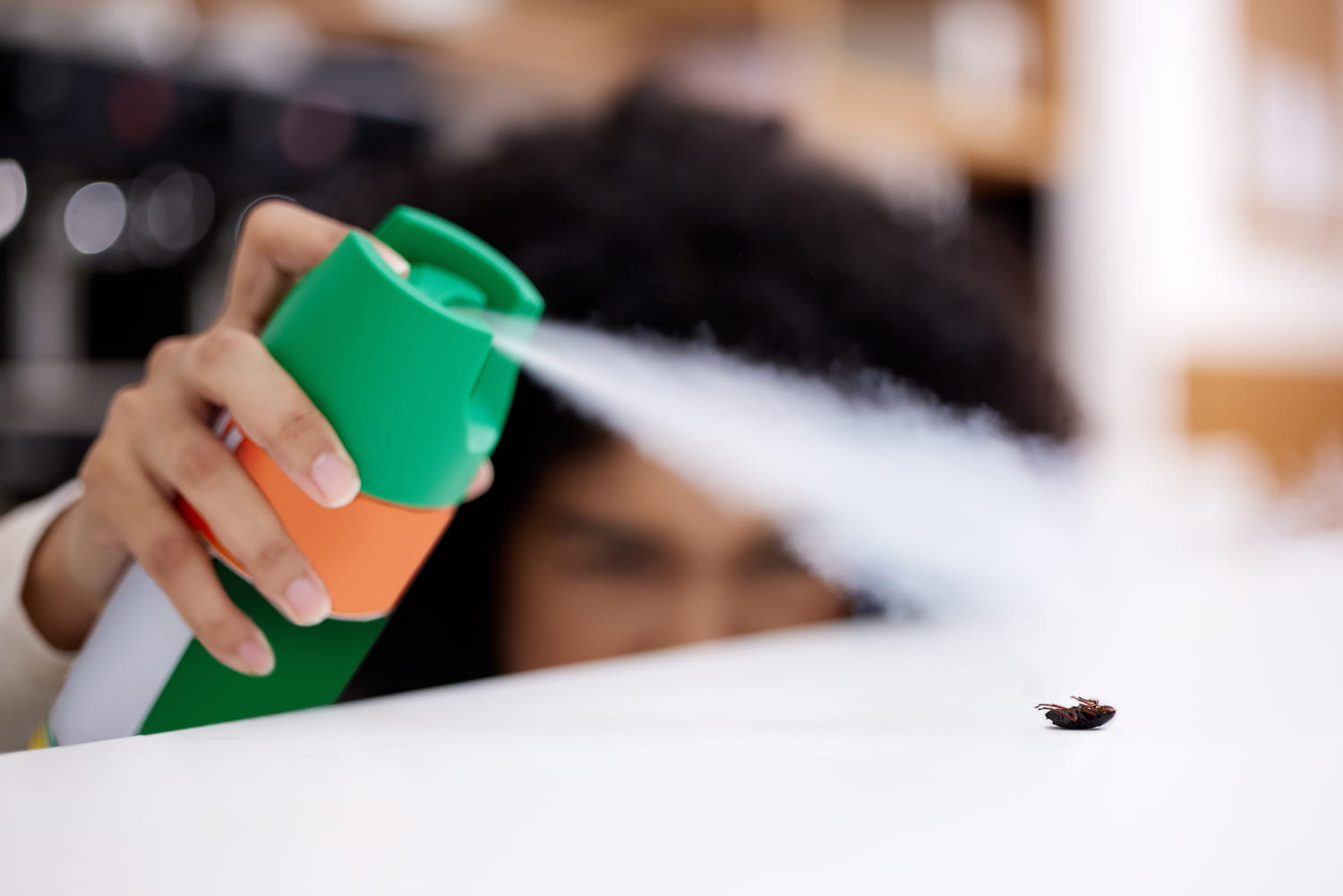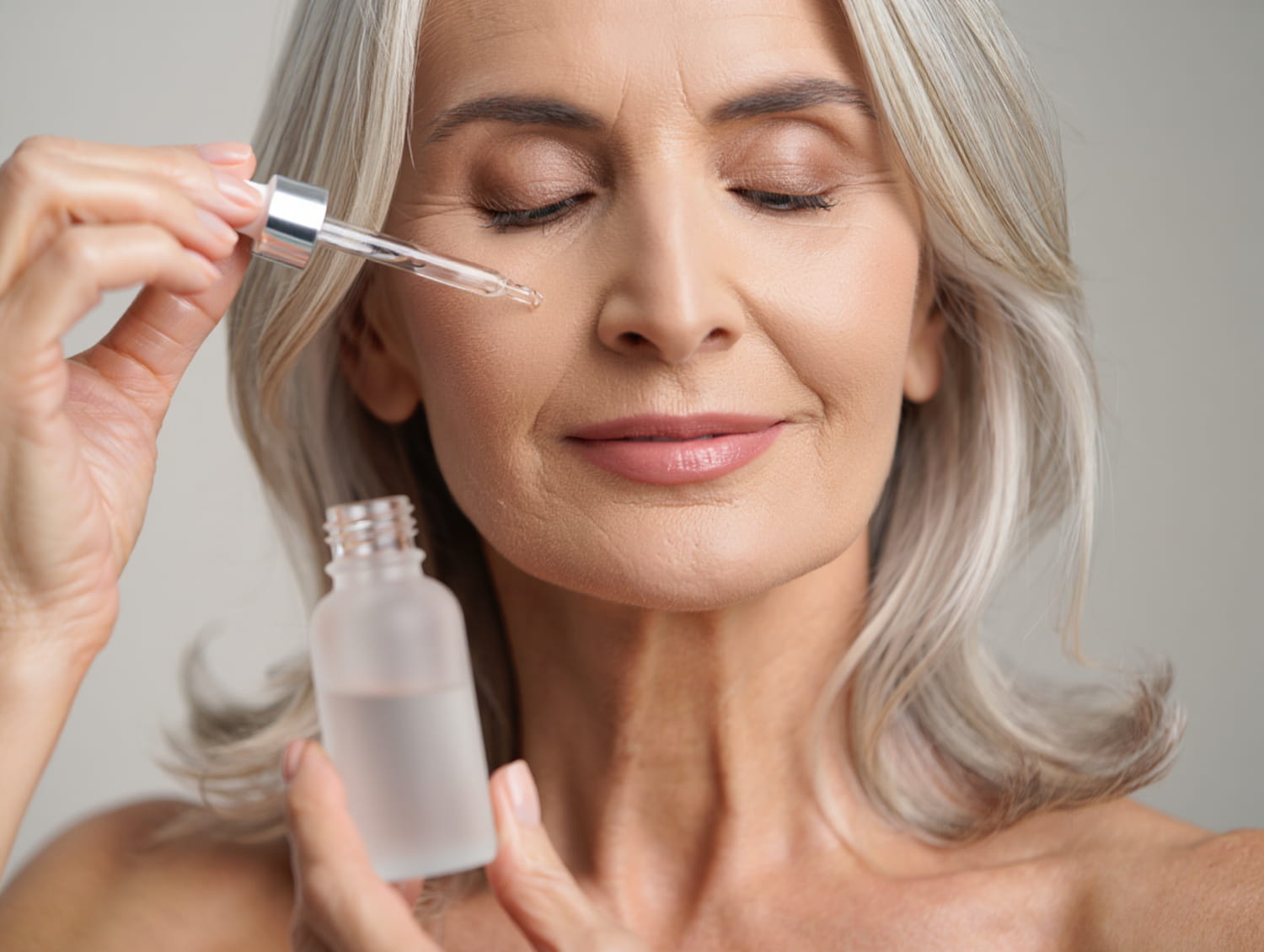In the long list of ingredients to know in the world of skincare, here is one that helps smooth and soften the skin. And it is perfect for sensitive skin.
Smoothing the skin, wrinkles and fine lines often requires a precise care routine. Every morning and evening, you religiously apply serum and moisturizer. Collagen, hyaluronic acid and retinol no longer hold any secrets for you. But what if we told you that there is yet another asset to add to the list? Specially formulated for sensitive skin, it promises to stimulate cell renewal and facilitate the absorption of the treatments you then apply.
It is part of the very select club of exfoliating acids. That is to say a group of ingredients that encourage cell renewal “which lasts about a month, slows down with age, causing a buildup of dead cells that thickens and dulls the skin, encourages pores to become clogged with impurities, and can accelerate skin aging“, writes Dr. Chahinez Filali, general practitioner, in his book My Skincare Code. Thus, exfoliating your skin regularly helps improve the production of collagen, smooth the grain of the epidermis and soften the skin, but also reduces hyperpigmentation. In the large family of these molecules, there is one that particularly interests us: lactic acid. Which makes it an ideal ally for mature skin? It is hygroscopic, or more commonly called humectant, which means that it attracts and retains moisture in the skin in addition to all its other benefits mentioned above. A significant point when we know that the older we get, the more the skin loses hydration.
Lactic acid is particularly recommended for sensitive skin due to its larger molecular size: it will then penetrate less deeply into the epidermis, and therefore be less irritating. For use between 1 and 3 times per week, it is recommended to turn to products (lotion or serum) containing between 5 and 10% lactic acid, it all depends on the tolerance of your face. “The right approach is to start with low concentrations and gradually increase“, says the professional.
For peels (to be used only occasionally), it can go up to 30% according to Dr Filali. “Exfoliating acids are generally used in the evening, due to their photosensitizing nature. If you apply them in the morning, it is essential to apply sun protection after use.“, she warns. In short: the powerful exfoliant that pampers mature and sensitive skin.









